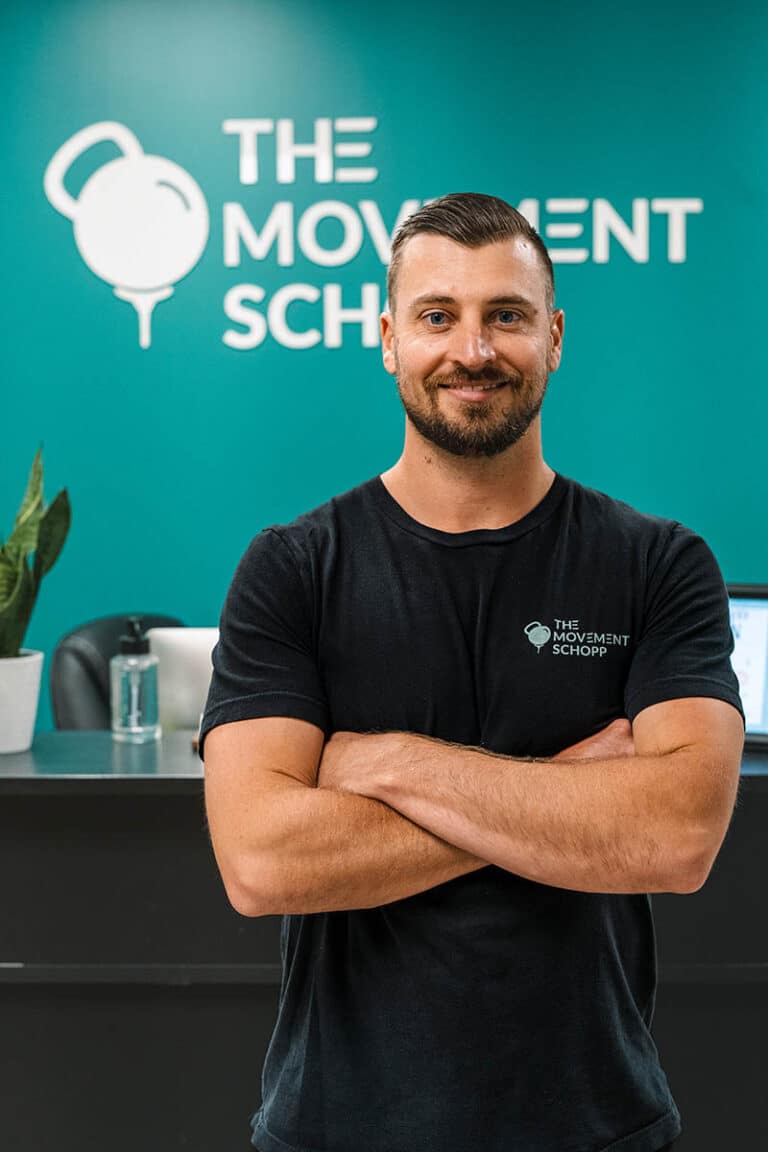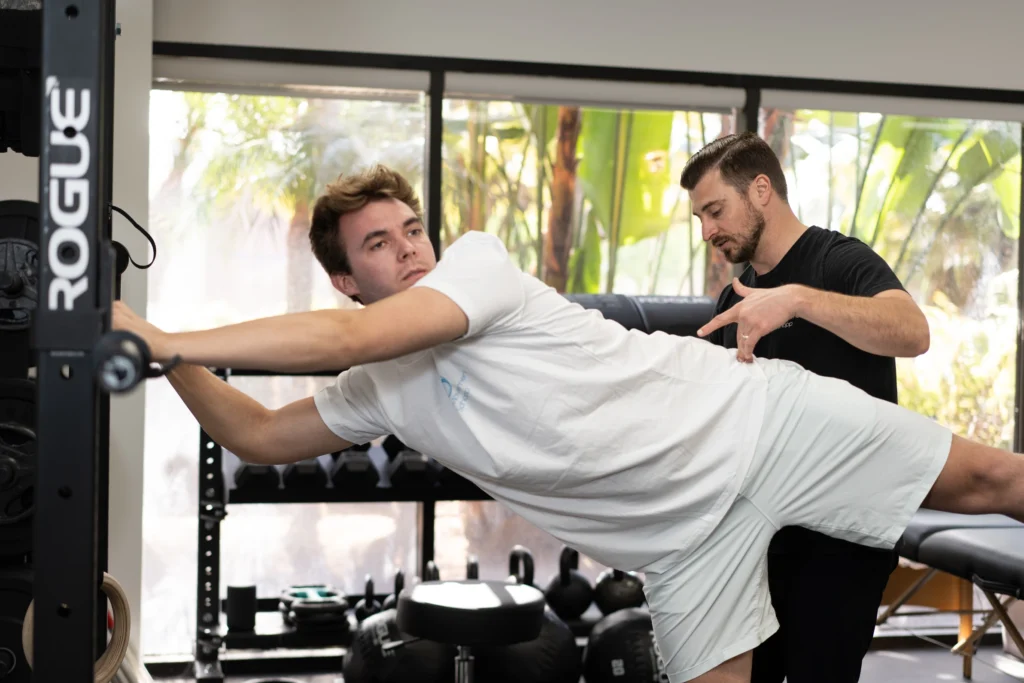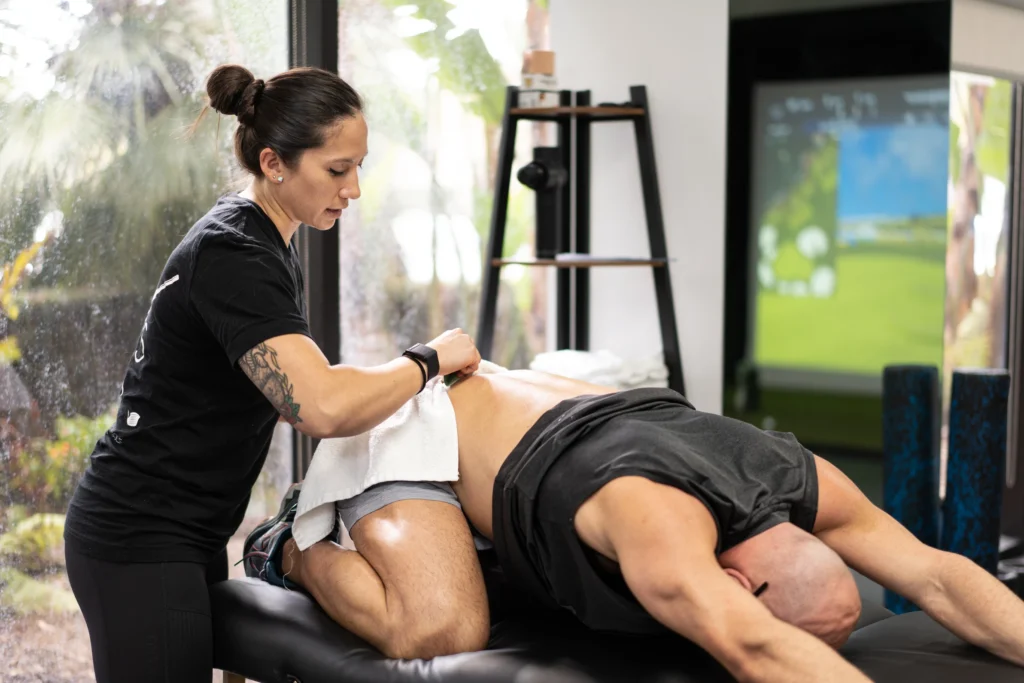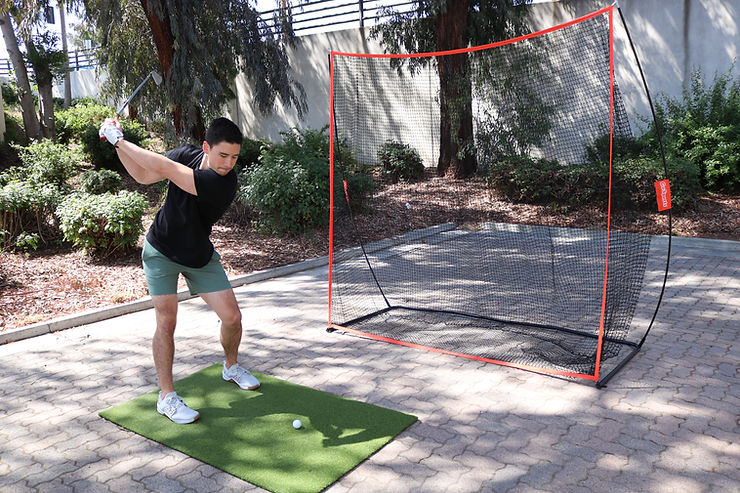It’s been a while since writing a blog, but this is because I was busy learning everyday on my awesome last internship. One thing I learned over the past 8 weeks is how much I enjoy working with people in chronic pain. I learned an incredible amount about acute and chronic low back pain (LBP), both with and without radiating symptoms down the leg. During the last week of my clinical rotation I had to give an in-service about a topic of my choice, so I chose pain science and how to treat patients who experience persistent pain. This post is about one of the topics I covered during my in-service: Our alarm system.
I discussed a little about the difference between acute pain and chronic pain in one of my previous posts, Explaining Pain, but now I want to cover one of the possible reasons someone may still be in pain months to even years after their injury. In an article by Adriaan Louw, called The Clinical Application of Teaching People about Pain, they do a great job at explaining “our alarm system” (which is illustrated below) (1). This is a psycho/neuro system in our body which regulates how we will react to a painful stimulus, whether it is real or only perceived. Typically, someone who steps on a nail for example will experience pain because of a real stimulus and real tissue damage in their body.
This is not quite the same for someone who has chronic low back pain, for example. If someone has injured their back in the past 6 weeks or so, they may have muscle guarding and acute pain. These can both feed into each other, but after 1.5-3 months, the tissue healing process has ended and there should be no more structural damage leading to pain or muscle guarding.
So what leads to this persistent pain lasting months to even years after an injury has occurred? Here are a list of a few things that can lead up to this chronic/persistent pain: Fear of movement, stress, lack of sleep, catastrophic thinking, and a low expectation of recovery. One of my patients I worked with during my internship had been experiencing low back pain for the past 20 years. After implementing some of the strategies I will discuss in the next paragraph, she went from a 9/10 pain to a 2/10 in one treatment. She was so afraid to move her back that in a sense, it forgot how to perform motions we do daily without thinking. This lead to a fear of movement, stress, trouble sleeping, and muscle guarding.
So what do we do about it? Well this part is for both my fellow clinicians and everyone dealing with persistent pain. Working on explaining a little about pain and our alarm system to patients goes a long way to help reduce fear of movement and stress about their back. Relaxation techniques, meditation, and diaphragmatic breathing are also very important to give the back muscles a break from guarding so much. Graded exposure to movement is one of the most important because this allows people to move into new ranges of motion without worrying their back will get re-injured. Lastly, exercise such as hip stretching, glute strengthening, core (TA) strengthening, and your favorite aerobic exercise will make a world of difference.
It’s never too late to reduce or even get rid of your back pain, no matter how many people have told you, “you have the worst back I have ever seen”. I can’t believe the amount of people who have the worst backs their doctors have ever seen. Don’t let words scare you into missing out on the rest of your life. See a licensed PT or another specialist who will listen to what you have to say and give you the tools to be proactive for yourself. If you want to learn more about how our body’s deal with pain, check out the book Explain Pain, by David Butler and Lorimer Moseley.
William Schopp, SPT 6/26/18
Reference:
1. Louw A, Zimney K, O’Hotto C, Hilton S. The clinical application of teaching people about pain. Physiotherapy Theory & Practice. 2016;32(5):385-395. doi:10.1080/09593985.2016.1194652
Disclaimer: This post is written for entertainment purposes only and should never be used as medical advice as exercises and treatments are always evolving with current research. If you believe you have pain, a medical problem, or any other potential impairments, please call your local Physical Therapist or any other medical provider.





